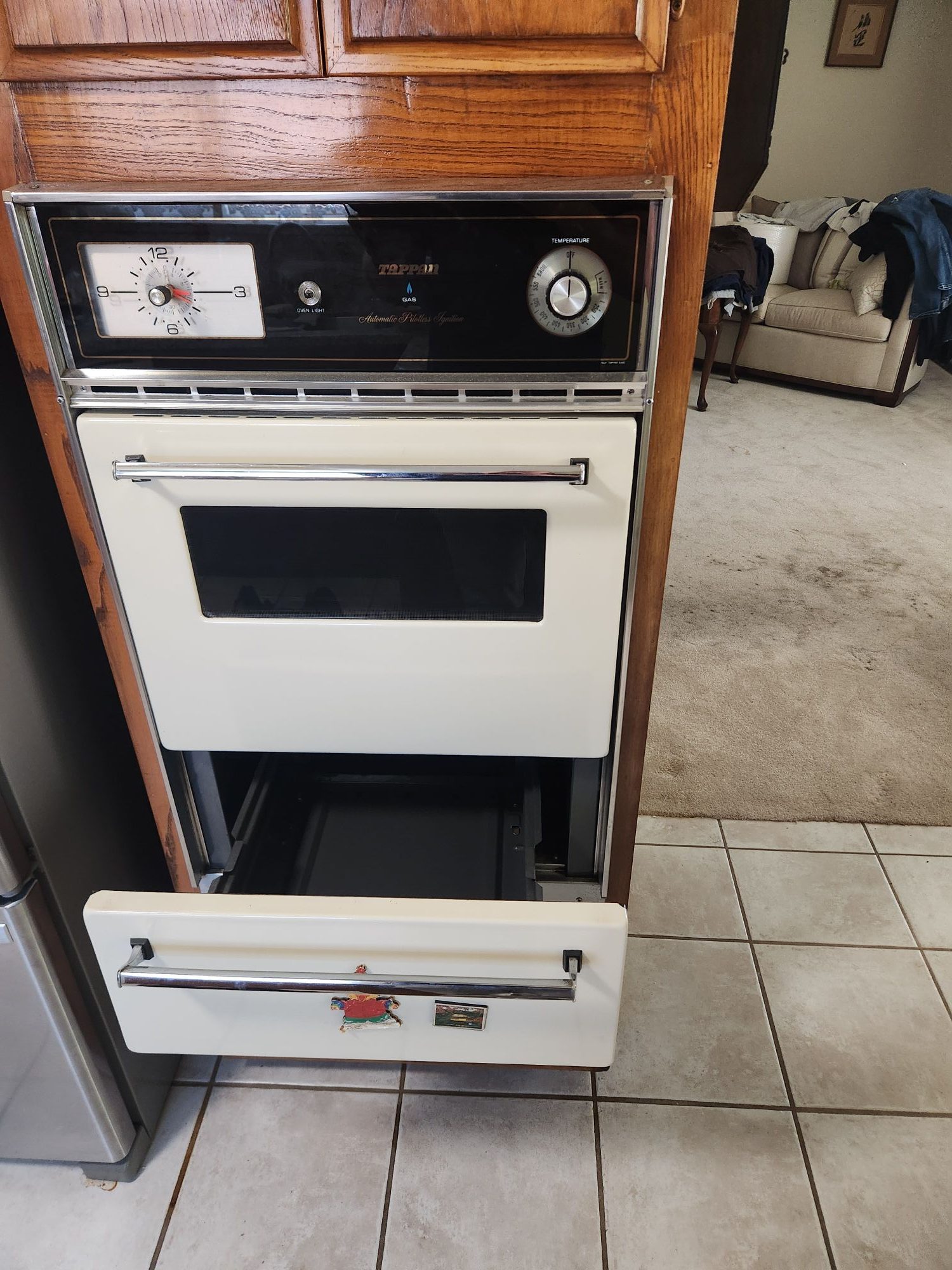When you turn on your gas stove, you expect to see a clean, steady blue flame. That bright blue color means your appliance is running efficiently, safely, and producing maximum heat. But what if the flame turns yellow or orange instead? A yellow flame is more than a cosmetic issue—it’s a warning sign that your burner isn’t operating correctly. It often points to problems such as clogged burner holes or an incorrect air-to-gas ratio, both of which can affect performance and safety.
Understanding What the Flame Color Means
A properly functioning gas burner produces a blue flame because natural gas or propane is burning completely, releasing maximum heat while producing minimal byproducts. The blue flame indicates efficient combustion, where the correct mix of gas and oxygen is present.
A yellow or orange flame, however, tells a different story. This color indicates incomplete combustion—meaning there isn’t enough oxygen mixing with the gas before ignition. The result is unburned carbon particles, which glow yellow when heated. While this may not seem urgent, it’s a sign that your appliance is wasting energy, producing soot, and possibly releasing dangerous levels of carbon monoxide.
Common Causes of a Yellow Flame
- Clogged Burner Holes
Over time, food debris, grease, and dust can accumulate in the small holes of the burner head. These blockages prevent the correct amount of gas from escaping evenly, disrupting the air-to-gas mixture. The result is an uneven, yellow-tinted flame and weaker heat output.- Signs: Irregular flame shape, uneven heating, or a flickering yellow flame.
- Fix: Cleaning the burner holes with a soft brush, needle, or compressed air can restore proper flow. Always make sure the burner is completely cool and the gas is turned off before attempting this.
- Signs: Irregular flame shape, uneven heating, or a flickering yellow flame.
- Poor Air-to-Gas Ratio
The ideal mixture for complete combustion requires a precise balance between oxygen and fuel. If too little air mixes with the gas, the flame will turn yellow. This imbalance can be caused by a partially closed air shutter, a misaligned burner, or a malfunctioning regulator.- Signs: Persistent yellow flame across all burners, soot accumulation on cookware, or strange odors.
- Fix: Adjusting the air shutter or having a technician recalibrate the burner ensures the right amount of oxygen enters the mix.
- Signs: Persistent yellow flame across all burners, soot accumulation on cookware, or strange odors.
- Dirty or Misaligned Air Shutter
The air shutter controls how much air mixes with the gas before ignition. When it becomes clogged with grease or dust, it limits airflow, leading to incomplete combustion and a yellow flame.- Signs: Low heat output, yellow flame, or noisy burner.
- Fix: Gently cleaning the shutter and adjusting its position can often solve the problem, but this is best done by a professional to ensure proper calibration.
- Signs: Low heat output, yellow flame, or noisy burner.
- Improper Gas Pressure
If the gas pressure is too low or too high, the appliance won’t receive the right mixture for combustion. Low pressure starves the flame of fuel, while excessive pressure can overwhelm the air mixture, both leading to yellow flames.- Fix: Gas pressure adjustments should only be handled by licensed technicians. Incorrect handling can be dangerous and may violate local safety codes.
- Environmental Factors
Sometimes, the cause is as simple as surrounding conditions. High humidity, poor ventilation, or even nearby drafts can alter combustion. Always ensure your kitchen is properly ventilated and the appliance isn’t affected by nearby airflow disruptions.
Risks of Ignoring a Yellow Flame
While a yellow flame may not always indicate an emergency, ignoring it can lead to serious consequences over time:
- Carbon Monoxide Production: Incomplete combustion releases this odorless, deadly gas. Exposure can lead to headaches, nausea, dizziness, and even fatal poisoning.
- Soot Build-up: Yellow flames produce carbon soot, which can stain cookware, clog internal components, and reduce appliance efficiency.
- Wasted Energy: Inefficient burning means you’re using more gas for less heat—leading to higher utility bills.
- Potential Fire Hazards: Accumulated soot and unburned gas increase the risk of flare-ups and fire.
When to Call a Professional
If your gas burner continues to burn yellow after cleaning or minor adjustments, it’s time to call an expert. Professionals can inspect the system for deeper issues—such as malfunctioning regulators, damaged valves, or hidden blockages within the supply line. Attempting to fix these yourself can be dangerous without the right tools and experience.
Certified technicians have the expertise to:
- Measure and adjust gas pressure accurately
- Clean and realign burner components
- Check for carbon monoxide leaks
- Replace damaged or worn-out parts
- Ensure overall safety and efficiency of the appliance
Maintenance Tips for Preventing Yellow Flames
- Regular Cleaning: Wipe your burners weekly to prevent food residue from clogging holes.
- Check Flame Color: A quick glance at the flame every time you cook can help you spot early signs of issues.
- Inspect for Grease Build-up: Keep the area around the burners clean to maintain proper airflow.
- Annual Servicing: Have your gas appliances professionally serviced at least once a year to ensure optimal performance and safety.
A yellow gas burner flame is not something to ignore—it’s a warning that your appliance isn’t burning fuel efficiently or safely. The issue could be as simple as a clogged burner or as complex as a faulty air-to-gas ratio. In either case, it requires attention. Ignoring the problem risks damaging your stove, wasting energy, and exposing your household to harmful gases.
If your gas flame has turned yellow, don’t guess—get it checked. The experienced technicians at Home Appliance Service Center can quickly identify the cause, perform precise adjustments, and restore your burner’s blue, efficient flame.
Call Home Appliance Service Center today for fast, professional gas appliance repair and ensure your kitchen stays safe, efficient, and worry-free.
Contact us
 619-928-5000
619-928-5000  Request Service
Request Service 
